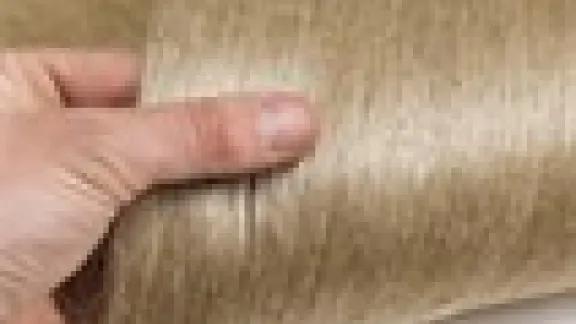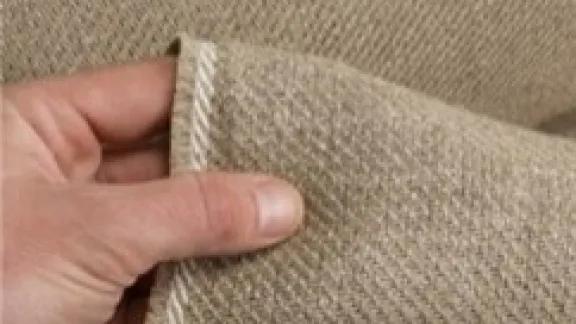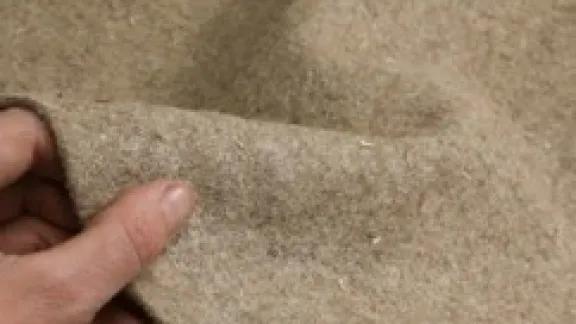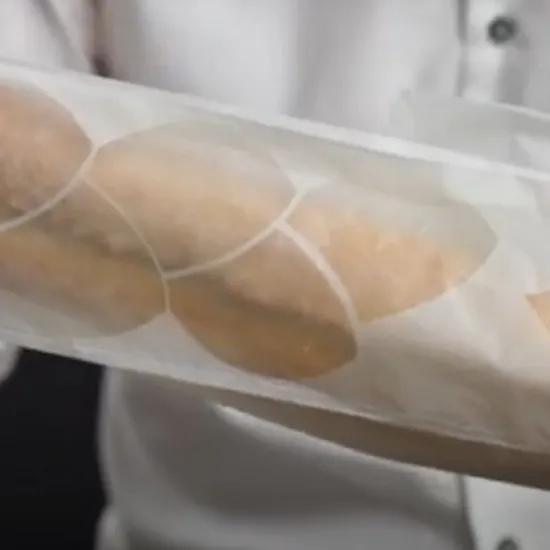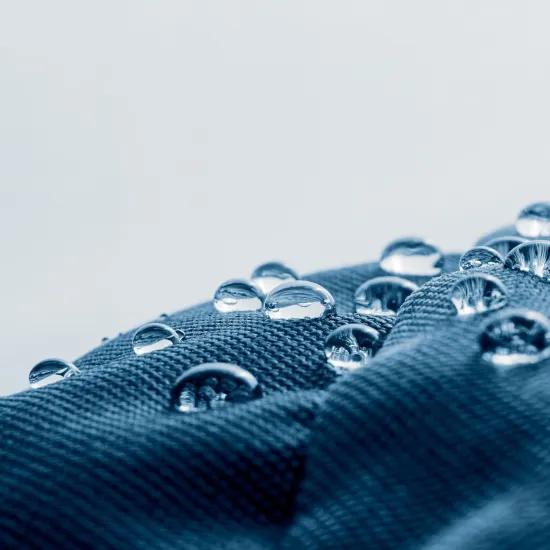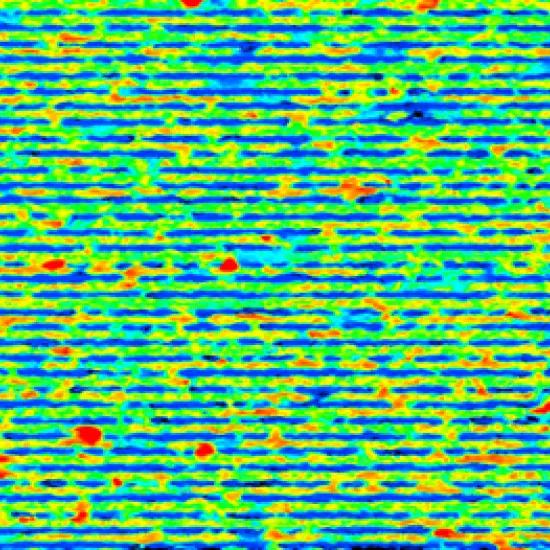Flax and PLA (polylactic acid) are both materials based on renewable biological resources. This article reviews the possibilities of combining flax fibres and PLA polymer into a single biocomposite material, one of the most available biocomposite materials on the market. PLA, as a thermoplastic polymer, and flax fibre, a natural fibre with high mechanical properties, give this material an interesting edge with versatile possibilities.
In this article, you will get an overview of the possibilities of flax-PLA, including product examples, material opportunities and possible fibre architectures with respect to mechanical properties, cost and production method.
The following figure gives you a summary.
Product inspiration
Five product families that could benefit from the use of a flax – PLA composite are shown in the image above. Although some of these examples use other polymers than PLA, all these products could be made from flax-PLA.
The potential use of flax-PLA spans several industries. It is used in the automotive industry as a door interior, it can be used as a stiffener in bicycle saddles, it is possible to make flax-PLA sandwich panels for the construction industry, various types of designer furniture could be made from flax-PLA and detailed geometries are also possible. Typical examples of flax fibres and PLA polymers combine the advantages of stiffness, lightness, industrial biodegradability and high acoustic and mechanical damping.
Tune material properties to your needs
For composites in general, mechanical properties are determined by the fibres and the fibre architecture used. Flax fibres have different varieties of fibre architectures and therefore different potential mechanical properties and material prices.
|
The stiffness and strength of the reinforcing fibres are higher in the fibre direction compared to perpendicular to the fibre direction. As a result, working with unidirectional (UD) fibres results in the highest mechanical properties (in the fibre direction) of a flax-PLA biocomposite. Although the unidirectional fibre structure gives the best properties, the economic cost is the highest due to additional and more complex processing steps. Material handling during production also becomes more difficult with unidirectional fibres. In a woven fabric, continuous flax yarns are woven in two perpendicular directions. The resulting mechanical properties are lower but distributed along the two fibre directions. Working with a woven fabric is often cheaper than with UD fibres. Material handling during production is also easier when using woven fabric. A non-woven mat consists of short flax fibres (fibre length < 7 cm) randomly oriented in the plane. Due to the discontinuous and randomly oriented fibres, the mechanical properties are lower but more homogeneously distributed than in woven fabrics. A non-woven mat requires fewer processing steps, resulting in a lower material price. |
Image source: Easycomposites, Nanovia |
||||||||||
PLA reinforced with flax fibres also exists in pellet form. The fibre length in these pellets is on millimetre-scale. The mechanical properties are lower, but the material price is also relatively low. These pellets are ideal for mass production and to make complex shaped products via injection moulding. In addition, it is also possible to use these pellets as starting material for 3D printing.
For UD, woven or non-woven fibre architecture, press forming is the common production method to process flax-PLA. To avoid voids and ensure optimal bonding of the flax-PLA material, it is important to start with a pre-consolidation step during processing. During pre-consolidation, flax and PLA are combined by adding PLA as fibres, powder or as a film to the flax fibres and subsequently bonded together by applying high pressure and high temperature simultaneously. Once proper pre-consolidation is achieved, it is possible to press the material into the desired product shape during a 3D press forming process.
Material opportunities
Both flax and PLA add several advantages to this biocomposite material. Thermoplastic polymer PLA makes it possible to weld, repair and reform the whole material, leading to several additional possibilities compared to thermosetting polymers.
Flax fibres perform well in terms of mechanical and acoustic damping properties. Moreover, flax fibres have one of the highest mechanical properties of any natural fibre. For UD flax-PLA, this results in a stiffness of up to 25 GPa and a tensile strength of up to 300 MPa. These properties combined with the low density of 1.35 g/cm3, for 50/50 wt% flax-PLA, result in optimal properties for lightweight and stiff applications.
The potential for industrial biodegradation and the growth of local value chains are additional benefits. Both materials are industrially biodegradable, making it possible to create energy and biomass at the end of the life cycle when better circular options are no longer possible. Moreover, flax fibres are grown locally in Belgium and neighbouring countries. Producers in these areas also innovate, develop and/or acquire knowledge. This opens the door for several local value chains with intensive cooperation.
Last but not least, the additional product value due to the natural appearance and aesthetic value of flax-PLA biocomposite is an advantage that should not be overlooked when evaluating these products.
Interested to discover the possibilities of this material for your product?
Would you like to know more about this material, learn more about its potential for your application, possible pitfalls, next steps?
Don't hesitate to contact us. We are happy to support you in becoming more sustainable with general advice, feasibility studies, material selection and characterisation, product design, process selection and optimisation, cost estimation, connecting potential partners, ...


